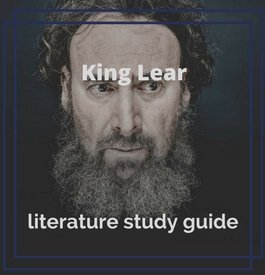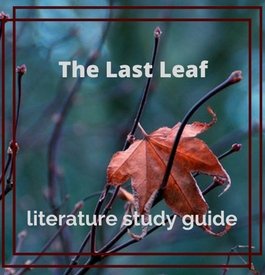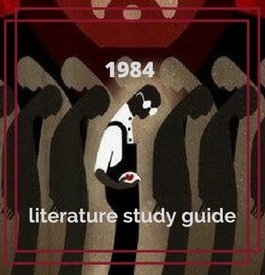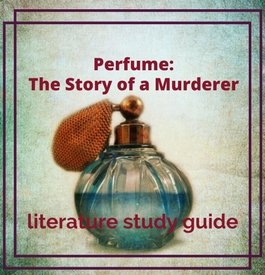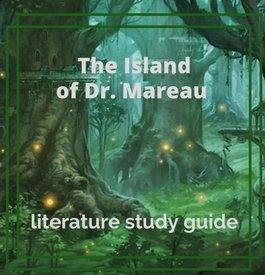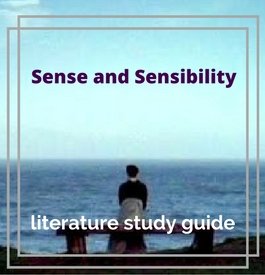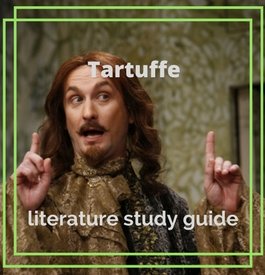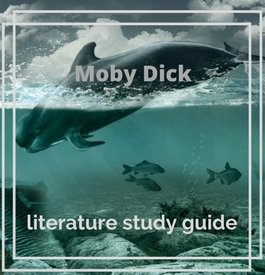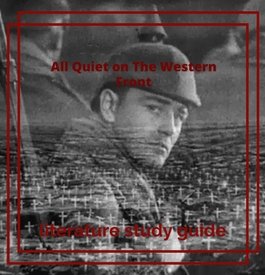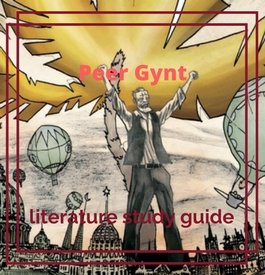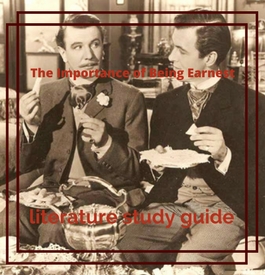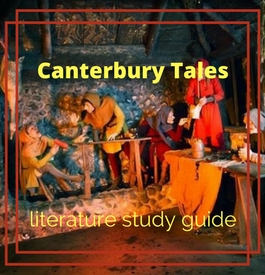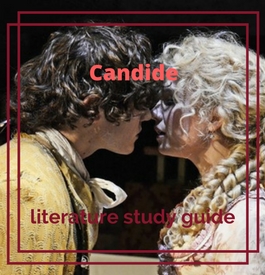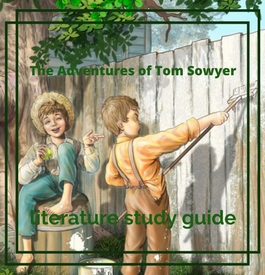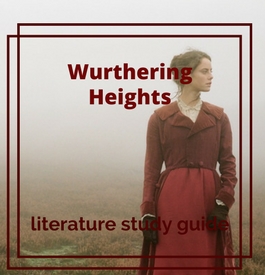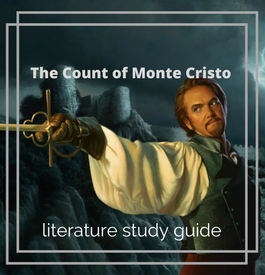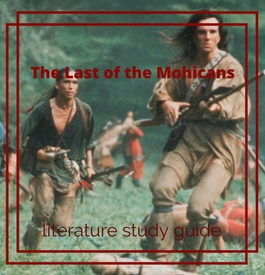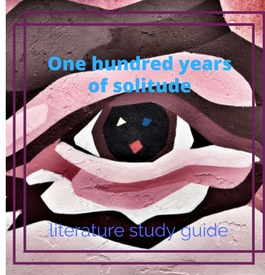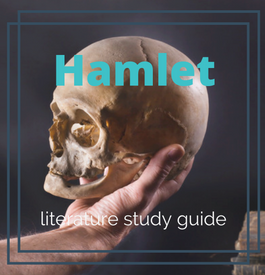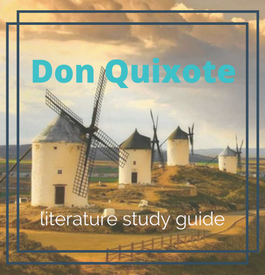Optimize Studying Process with The Paper Guide
The Paper Guide is your all-in-one home for literature study guides, book summaries, character analysis, quotes, themes and symbols, essay ideas, and quizzes. Built for busy students and helpful for teachers and ESL learners, our resources make complex texts clear without dumbing them down. Use them to understand the story faster, gather reliable evidence for essays, and walk into class prepared with talking points, not just pages of notes.
What Is The Paper Guide?
The Paper Guide is a focused library of classroom-ready materials for classic and modern literature. Each guide is written to answer the questions students actually get in assignments: What is the author saying? How does the symbol work? What passage proves my claim? Instead of skimming multiple websites for fragments, you’ll find the essentials in one place—organized, concise, and easy to cite.
Our approach is simple: clarity first, depth on demand. Every title starts with a high-level overview and then opens into deeper sections so you can choose how far to read depending on your deadline. You’ll see the plot in plain English, the central conflicts, the themes and motifs that carry the author’s message, and the symbols that show up across chapters. You’ll meet the main and supporting characters with short, memorable descriptions and notes on relationships, growth, and contradictions. You’ll also find selected quotes with context and quick commentary, so you can plug strong evidence into your analysis instead of spending an hour searching for that one line you half-remember.
Who we serve:
-
High-school and college students who need trustworthy notes, not spoilers;
-
Teachers and tutors who want consistent reference pages to support lessons;
-
ESL learners who benefit from clear language, vocabulary highlights, and examples;
-
Anyone preparing an essay who needs topic ideas, outlines, and model paragraphs.
We care about academic integrity. Our study guides help you understand and analyze texts; they do not replace reading or original thinking. You’ll always see reminders to use the material responsibly, paraphrase carefully, and give credit where it’s due.
How Our Study Guides Help You Learn Faster
When your time is tight, the right structure matters. Each guide follows a repeatable, student-friendly format that balances speed with thoroughness. You can review a chapter’s core events in minutes, then dive into why those events matter—theme, tone, point of view, and historical or cultural context. Where relevant, we explain genre conventions (for example, how dystopian novels use surveillance or propaganda), and we compare motif vs. theme vs. symbol so you can talk about each with confidence.
You’ll also find step-by-step help for close reading: how to annotate, where to slow down, what to mark, and how to convert observations into claims and evidence. Short sidebars define literary terms—allegory, foreshadowing, irony, imagery, allusion—and show them at work using lines from the book. Our quotes sections identify passages that answer typical prompts (power and corruption, identity and responsibility, individual vs. society, nature vs. nurture, love and sacrifice, and more). Each quote includes a quick note about who speaks, what’s happening, and why it matters, so you can argue your point with precision.
To reinforce learning, many titles include quick quizzes. These are not trick questions; they’re designed to check comprehension and build confidence before class discussions or tests. By the time you finish a guide, you’ll know the big picture and the fine print: what the text says, how it says it, and how to write about it.
Why it works:
• Clear organization. You’ll never wonder where to find plot, themes, or character development.
• Evidence you can use. Curated quotes with commentary reduce searching and second-guessing.
• Built for essays. Prompts, thesis starters, outlines, and transitions help you move from reading to writing.
• Focus on transfer. We show how ideas connect across chapters—and across different books—so you can compare effectively.
How to Get Started Today
Starting is easy, and the gains show up fast. Begin by choosing the book or author you’re working on. Read the overview to map the plot and central conflict, then jump to the themes and symbols section to see the deep structure behind the story. As you revisit key scenes, collect two or three quotations that speak directly to your prompt—lines that illustrate a turning point, a moral dilemma, or a shift in power. Next, check the character analysis to confirm motives and arcs; this protects your argument from common misunderstandings.
When you’re ready to write, pick an essay plan that matches your task. A literary analysis often works best with a claim → evidence → explanation rhythm. A comparison essay usually benefits from point-by-point organization, where each section treats the same idea in both texts. Draft your thesis in one sentence that makes a debatable claim; then test it by asking if someone could reasonably disagree. If the answer is yes, you have a real argument. Use our outline tips to order paragraphs logically, and build topic sentences that forecast the point of each section.
Before submitting, read your essay aloud once. This quick step exposes awkward phrasing and missing transitions. Run a final pass with the essay checker, make your citations consistent, and verify that every paragraph includes analysis—not just summary. If you struggle with conclusions, circle back to your introduction and echo its key terms while showing how your analysis changes the way we read the text. A strong ending answers the question, So what?—what your interpretation reveals about the work, the author’s craft, or the world beyond the book.




